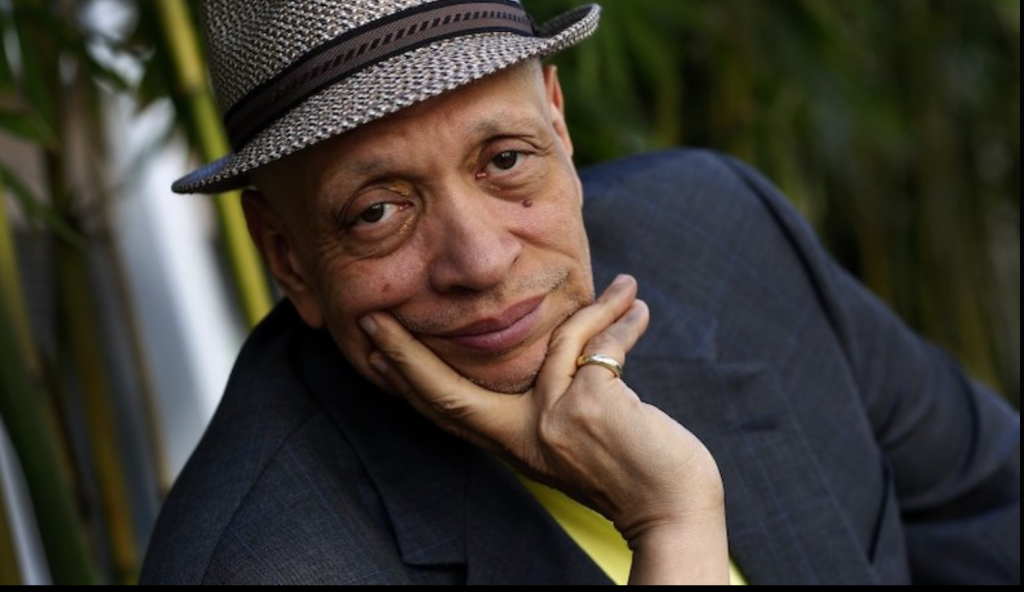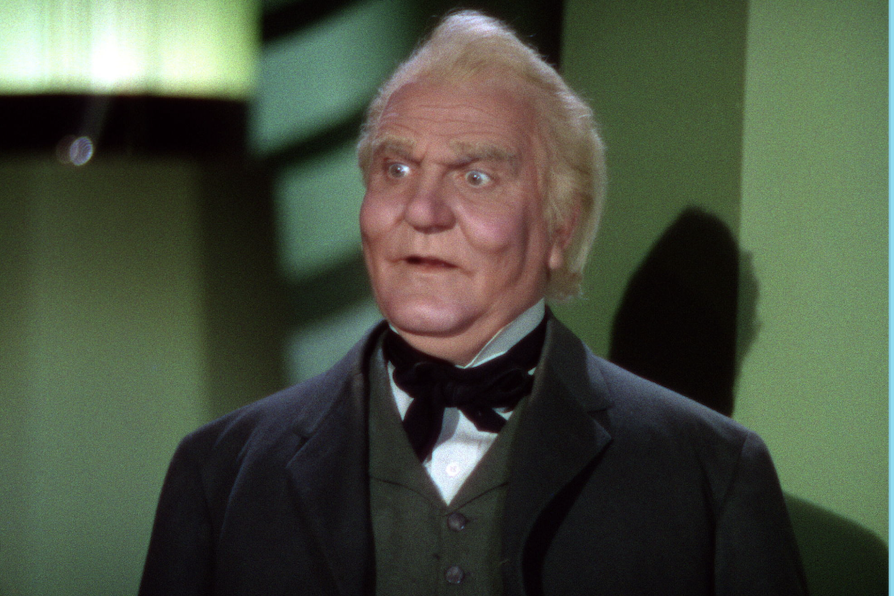
New York City police in riot gear march into Columbia University to break up peaceful protests against Israel’s war on Gaza. (Kena Betancur/AFL via Getty Images.)
The manipulation of truth to mislead people is known as gaslighting. We’ve been seeing a lot of that lately, and I’m going to discuss a real-life example before talking about gaslighting in novels.
As most of you undoubtedly know, there has been an outpouring of protest on numerous college campuses against the Israeli assault on Gaza that has left at least 34,000 Palestinians dead (the vast majority women and children), hundreds of thousands of other Palestinian civilians homeless and starving, many hospitals blown up, many schools destroyed, and more. This of course happened after the horrific Hamas attack on Israel last October 7 that killed more than 1,100 people. Which happened after years of Israel’s harsh authoritarian control over Gaza. Which happened after the Holocaust at the hands of the Nazis (not the Palestinians) — an unspeakable trauma that has influenced Israel’s actions ever since its founding. But it’s a shame when the oppressed become the oppressors.
The college protests have been overwhelmingly peaceful, but that hasn’t stopped various university administrators and elected officials from sharply escalating the situation by sending in aggressive/militarized police to attack and arrest the admirable students, many of whom were subsequently suspended and kicked out of campus housing — even as rich right-wing alumni donors threatened to derail the students’ future career prospects.
What kind of gaslighting is coming from those rich right-wing alumni donors, university administrators, mainstream-media outlets, and politicians — including not only most Republican pols and many Democratic pols (among them President Biden) in the U.S. but also Israel’s far-right prime minister Benjamin Netanyahu? It involves falsely describing the protesters as violent and (despite many of the demonstrating students being Jewish) also falsely describing them as anti-Semitic. Criticizing Israel’s government and the worst tendencies of Zionism is not being anti-Semitic. Sure, a tiny sliver of the protesters and/or protest hangers-on have said problematic things, but almost every righteous movement has bad apples who attach themselves to a cause but don’t represent the essence of it.
In fact, the only recent, major, not-by-police violence was perpetrated by a pro-Israeli mob that attacked pro-Palestinian protesters on California’s UCLA campus — with a feeble law-enforcement response to that quite different from the police crackdowns on students peacefully opposing Israel’s siege of Gaza.
Why the gaslighting of pro-Palestinian protesters? Many reasons, of course, with a key one an effort to distract from Israel’s unrelentingly disproportionate response to the vicious October 7 attack. A response that the vast majority of the world’s citizens, and a majority of Americans, feel is over-the-top.
There have been a few notable university exceptions involving schools willing to negotiate with students on such matters as considering the divestment of funds that help the powerful Israeli military. Among those schools are Brown, Rutgers, and Northwestern (the latter two my undergraduate and graduate alma maters) — and their willingness to bargain kept things calmer on those campuses. Did those universities negotiate with their students in good faith? Maybe, maybe not, but it was something.
Novels with gaslighting? In a political/governmental sense, few feature more examples of the “g” word than George Orwell’s Nineteen Eighty-Four, in which the dictatorial leaders churn out slogans like “war is peace,” “freedom is slavery,” and “ignorance is strength.”
In another dystopian novel, The Handmaid’s Tale by Margaret Atwood, gaslighting is one of the tools the sicko male rulers of Gilead use to subjugate women.
On a more one-to-one level, we have the “second Mrs. de Winter” gaslit by creepy housekeeper Mrs. Danvers in Daphne du Maurier’s Rebecca. Mr. de Winter is no angel, either.
Edward Rochester also did some gaslighting when trying to keep a major secret from the title character in Charlotte Bronte’s iconic Jane Eyre.
Another memorable 19th-century English novel, Wilkie Collins’ The Woman in White, has a gaslighting scenario too complicated to briefly summarize here…but it’s quite riveting.
Moving to more recent literature, J.K. Rowling’s The Ink Black Heart crime thriller features a nasty misogynist gaslighter who goes by the online alias “Anomie.”
In On Mystic Lake, the emotionally wrenching Kristin Hannah novel I just read, protagonist Annie is basically gaslit by two men (her old-fashioned widowed father and her sexist corporate lawyer husband who leaves her for a younger woman) into feeling she is less capable than she actually is. That’s something perpetuated by many men on many women in real life and fiction, as is also the case with the way Dorothea is treated by her husband, the Rev. Casaubon, in George Eliot’s superb Middlemarch. And gaslighting is sometimes perpetuated by women on women, with one example being the behavior of Valancy Stirling’s disapproving mother in L.M. Montgomery’s classic The Blue Castle — until Valancy finally leaves her childhood household at age 29.
One final note: When American students and others in decades past strongly/publicly protested such abominations as racism, sexism, homophobia, the Vietnam War, South African apartheid (via the divestment movement), and the U.S. invasion of Iraq, they were vilified by an “establishment” that rarely hesitated to send in the cops. Then, many years later, it became “safe” among at least part of the “establishment” to do the revisionist-history thing and acknowledge that the demonstrators had been morally correct. I suspect the students rightly protesting Israel’s collective punishment on Gaza might eventually be viewed the same way. It’s a shame that morally correct students can’t be respected in real time by “the powers that be,” but I guess those students are considered too threatening to imperial and corporate narratives.
Your thoughts about, and examples of, this topic?
My literary-trivia book is described and can be purchased here: Fascinating Facts About Famous Fiction Authors and the Greatest Novels of All Time.
In addition to this weekly blog, I write the 2003-started/award-winning “Montclairvoyant” topical-humor column every Thursday for Montclair Local. The latest piece — about a senior center and a data breach — is here.









